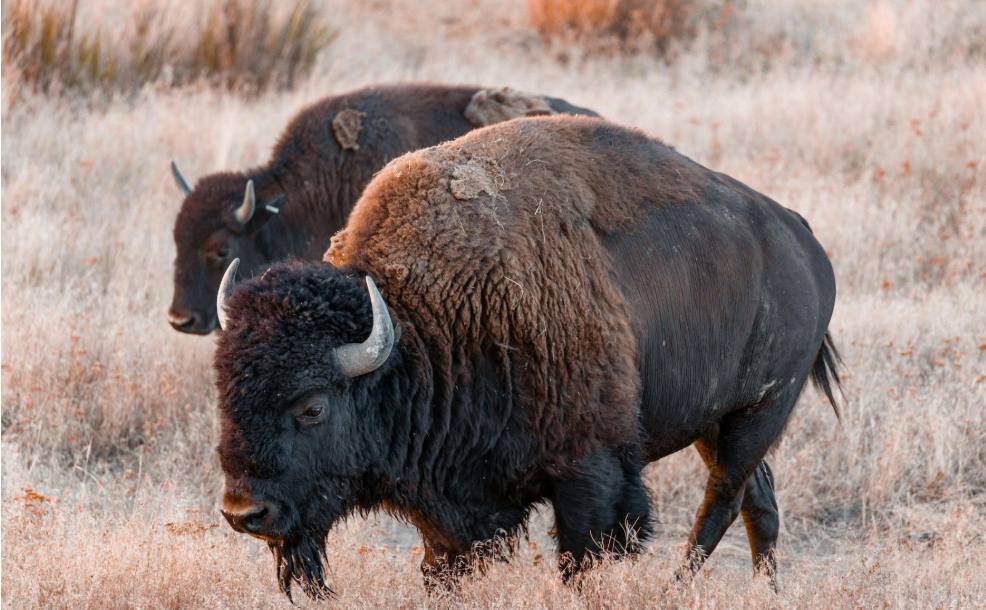A peaceful morning at Yellowstone turned dangerous on June 10, 2025, when a bison gored a 30-year-old man from Randolph, New Jersey. The incident happened around 9:45 a.m. near Old Faithful in the Upper Geyser Basin after a large group got too close to the animal.
Park officials report the man suffered minor injuries. Emergency medical staff treated him at the scene before taking him to a local hospital.
This marks the second bison attack in Yellowstone this year. The first happened on May 7. The park recorded two similar incidents in 2024 and one in 2023.
“Bison have injured more people in Yellowstone than any other animal,” park officials state. “They can run three times faster than humans and are unpredictable.”
The Wild Isn’t a Petting Zoo
Many visitors make the mistake of treating Yellowstone like a wildlife park with tame animals. This couldn’t be further from reality. Bison weigh up to 2,000 pounds and can sprint at 35 mph – faster than Olympic runners.
When a bison feels threatened, it shows clear warning signs: head bobbing, pawing the ground, snorting, or bellowing. If you see these behaviors, you’re already too close.
Smart Viewing Saves Lives
Park rules exist for good reason. Always stay at least:
- 25 yards (23 meters) from bison, elk, bighorn sheep, deer, moose, and coyotes
- 100 yards (91 meters) from bears and wolves
These aren’t suggestions – they’re life-saving distances based on decades of wildlife management experience.
Similar Posts
Don’t Be “That Tourist”
Park visitors who ignore safety rules risk more than injury. They often end up as cautionary tales on social media or news reports.
The desire for the perfect photo or video leads many to make poor decisions. No Instagram post is worth a trip to the hospital – or worse.
If Someone Gets Attacked
If you witness a bison attack:
- Stay calm and don’t approach – another attack could happen
- Call 911 or alert a park ranger immediately
- Keep others back a safe distance
- If trained in first aid, help only when the animal has moved away
- For serious injuries, apply direct pressure to stop bleeding while waiting for help
Before Your Visit
Prepare for a safe Yellowstone experience:
- Research wildlife safety before arriving
- Bring binoculars for distant viewing
- Use zoom lenses for photography
- Carry bear spray (works on bison too in emergencies)
- Discuss safety rules with everyone in your group, especially children
The bison that roam Yellowstone today are descendants of just 23 wild bison that survived mass hunting in the late 1800s. These animals represent one of America’s greatest conservation successes. Respecting their space ensures both their continued survival and your safety.

“The safety of these animals – and humans – depends on everyone using good judgment and following these simple rules,” park officials emphasize.
As summer brings millions of visitors to Yellowstone, remember that respecting wildlife isn’t just about avoiding injury – it’s about preserving the wildness that makes these national treasures worth visiting in the first place.


















